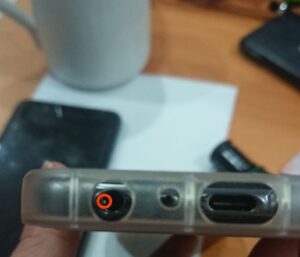Introduction:
In the complex landscape of personal finance, managing multiple debts can be an overwhelming challenge. The quest for financial stability often leads individuals to explore debt consolidation options as a means of simplifying repayments and potentially lowering interest rates. In this article, we’ll delve into four debt consolidation options that have the potential to transform your finances.
- Debt Consolidation Loans:A debt consolidation loan is a popular option for streamlining multiple debts into a single manageable payment. This involves taking out a new loan to pay off existing debts, consolidating them under one umbrella. The key advantage is securing a lower interest rate than the combined rates of the original debts, potentially resulting in significant savings over time.
Advantages:
- Simplifies payments into one monthly installment.
- May offer lower interest rates.
- Provides a clear repayment schedule.
Considerations:
- Approval and rates depend on creditworthiness.
- Careful comparison of terms is essential.
- Balance Transfer Credit Cards:For those grappling with credit card debt, a balance transfer credit card can be a strategic move. These cards often come with a promotional period of 0% or low-interest rates on transferred balances. By consolidating credit card debts onto one card, individuals can benefit from reduced interest charges during the introductory period.
Advantages:
- Potential for a temporary 0% introductory interest rate.
- Simplifies credit card debts into a single payment.
- Offers a brief respite from interest charges.
Considerations:
- Introductory rates are temporary.
- Balance transfer fees may apply.
- Home Equity Loans or Lines of Credit:Homeowners with equity in their homes may consider leveraging it through a home equity loan or line of credit for debt consolidation. These options typically provide lower interest rates due to the secured nature of the loan. However, it’s crucial to be mindful of the associated risks, as defaulting could result in the loss of the home.
Advantages:
- Lower interest rates due to the secured nature.
- Potential tax benefits on interest payments.
- Flexible repayment terms.
Considerations:
- Puts the home at risk if unable to repay.
- Closing costs and fees may apply.
- Debt Consolidation Programs:Debt consolidation programs, facilitated by credit counseling agencies, offer a structured approach to managing debts. These programs involve negotiating with creditors to consolidate debts into a single monthly payment at a potentially reduced interest rate. It’s a suitable option for those who may not qualify for traditional loans.
Advantages:
- Professional negotiation with creditors.
- Single monthly payment to the credit counseling agency.
- Potential for lower interest rates.
Considerations:
- May involve fees.
- Requires commitment to a repayment plan.
Conclusion:
Selecting the right debt consolidation option is a pivotal step towards transforming your financial landscape. By understanding the nuances of each approach and aligning them with your financial goals, you can pave the way for a more organized and secure financial future. Remember, the key to success lies in thorough research, careful consideration of terms, and a steadfast commitment to the chosen debt consolidation strategy.


